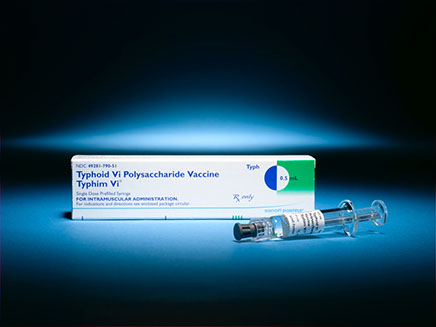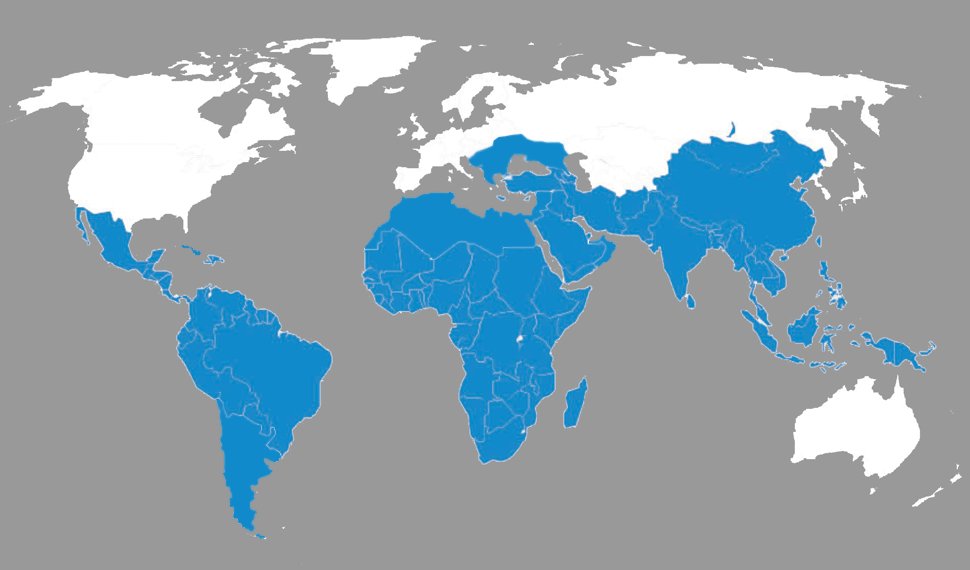Email enquiries@travel-doc.com
Email enquiries@travel-doc.com
The disease is caused by the bacteria Salmonella Typhi and Salmonella Paratyphi A, B or C. Typhoid is transmitted by food and drink that has been contaminated with human faeces or urine (faecal-oral route).
Typhoid can be found throughout the world but it is more common in countries where water or food supplies are liable to be contaminated with human excreta especially in Africa, the Indian Sub-continent, South East Asia and South America.
Consumption of food and drink that has been contaminated with faeces or urine from a human case or carrier; direct faecal oral contamination can also occur.
As with all other illnesses spread by the faecal oral route, precautionary measures should be taken to avoid consumption of potentially contaminated drinks and drinking water and to ensure food is uncontaminated or cooked thoroughly.
Personal hygiene when eating and drinking is also important including hand washing prior to eating and using clean plates, cups and utensils.

The TYPHIM Vi vaccination
Mild:
Severe:
Vaccination should be considered under the following circumstances and is dependent on the individual risk assessment
Vaccination is recommended for travellers to high risk areas where food and water may be contaminated.
Travel to low risk areas – vaccination may be recommended only to those staying in conditions with poor sanitation and unable to maintain their own hygiene precautions e.g. hand hygiene and water purification.
Long term travellers staying for long periods.
A previous typhoid illness does not confer reliable immunity and, when indicated, vaccine should still be used.

Countries endemic for typhoid ®WHO 2009
Back to Top